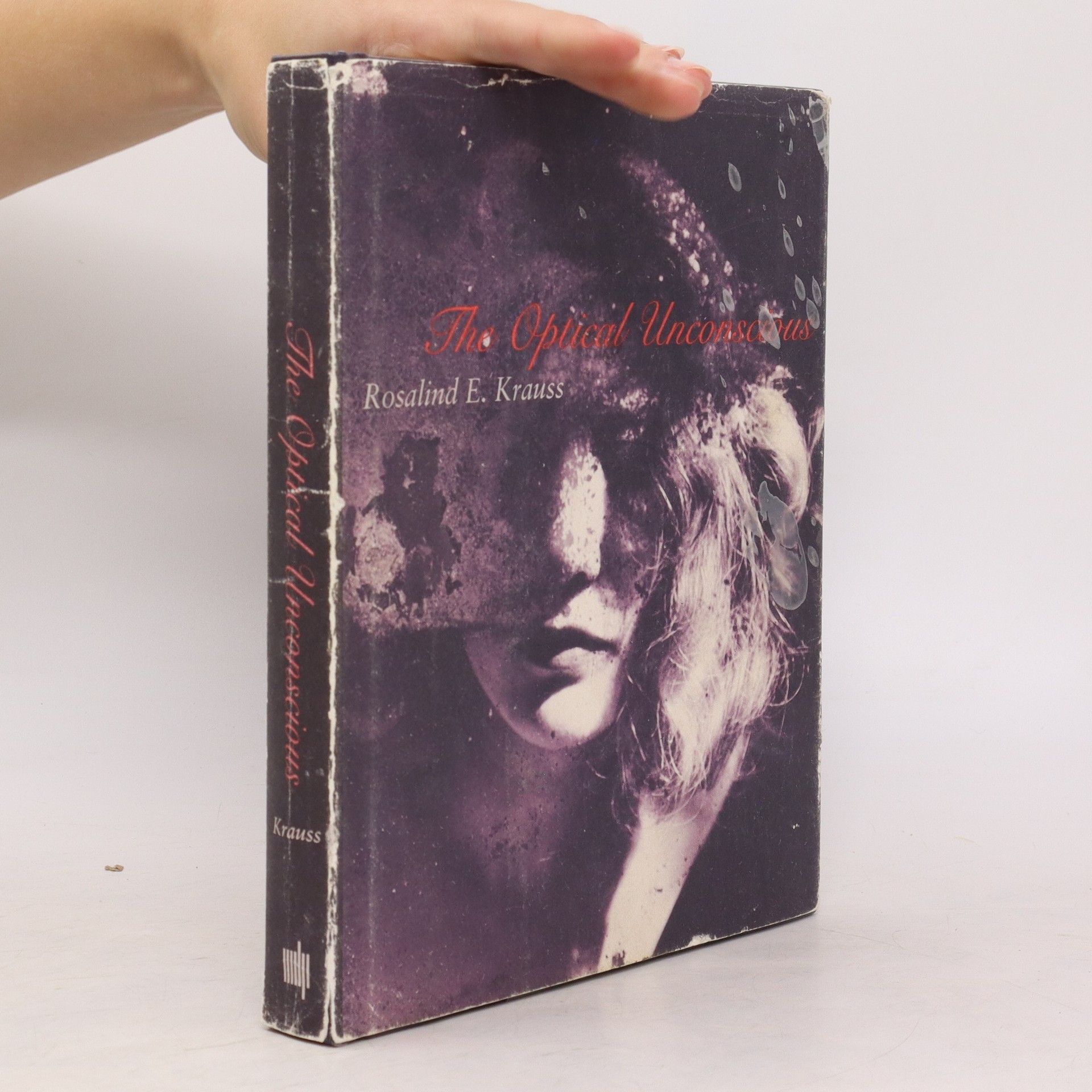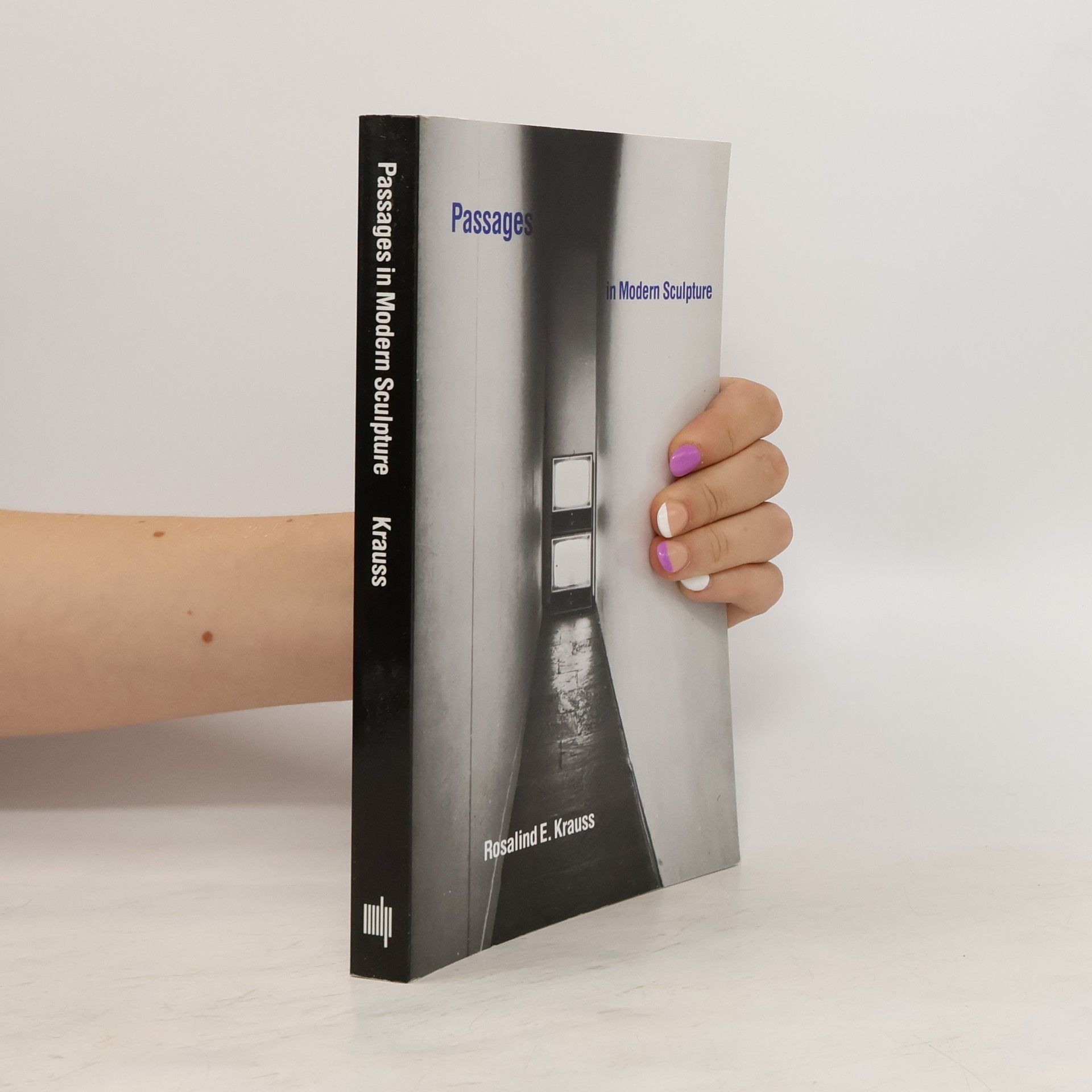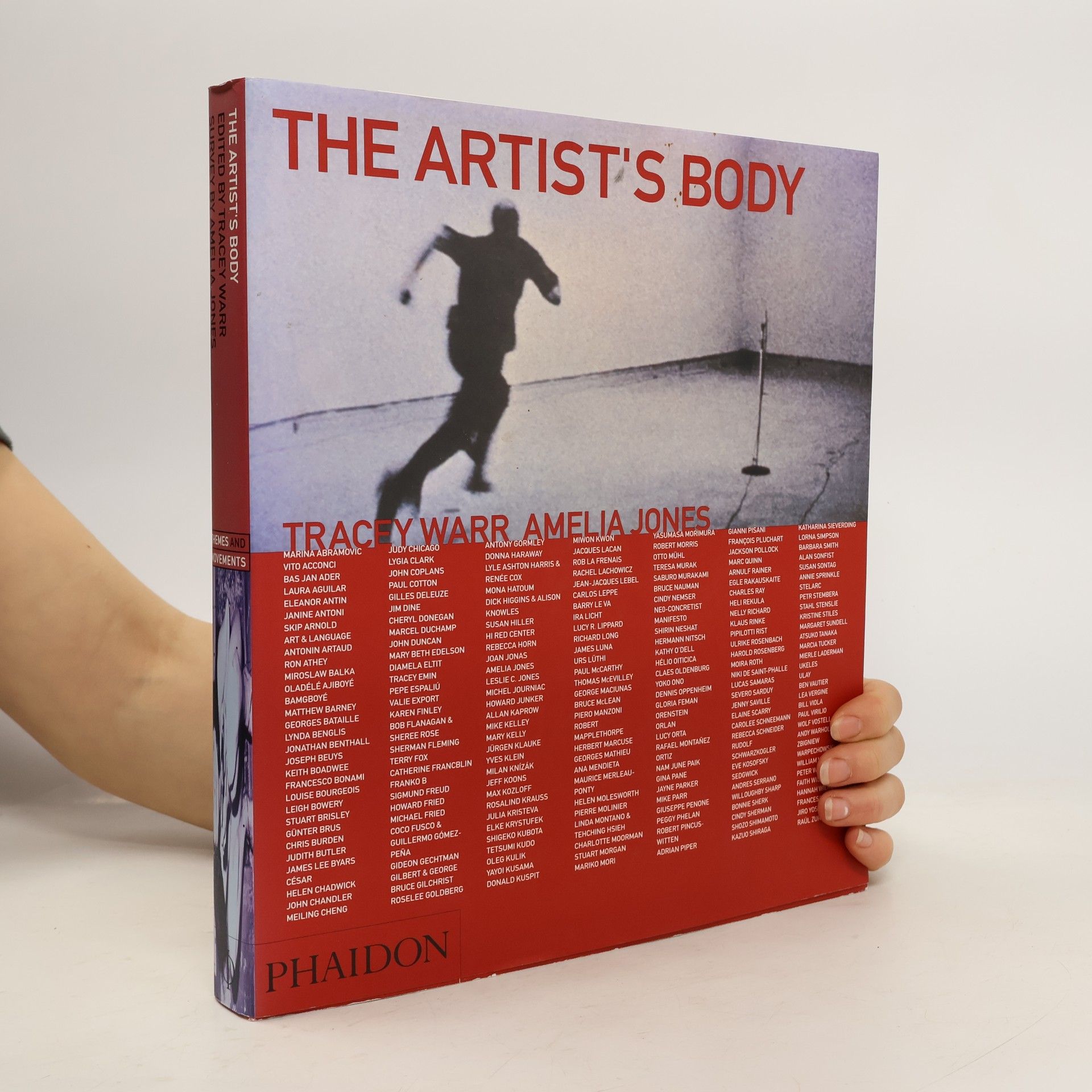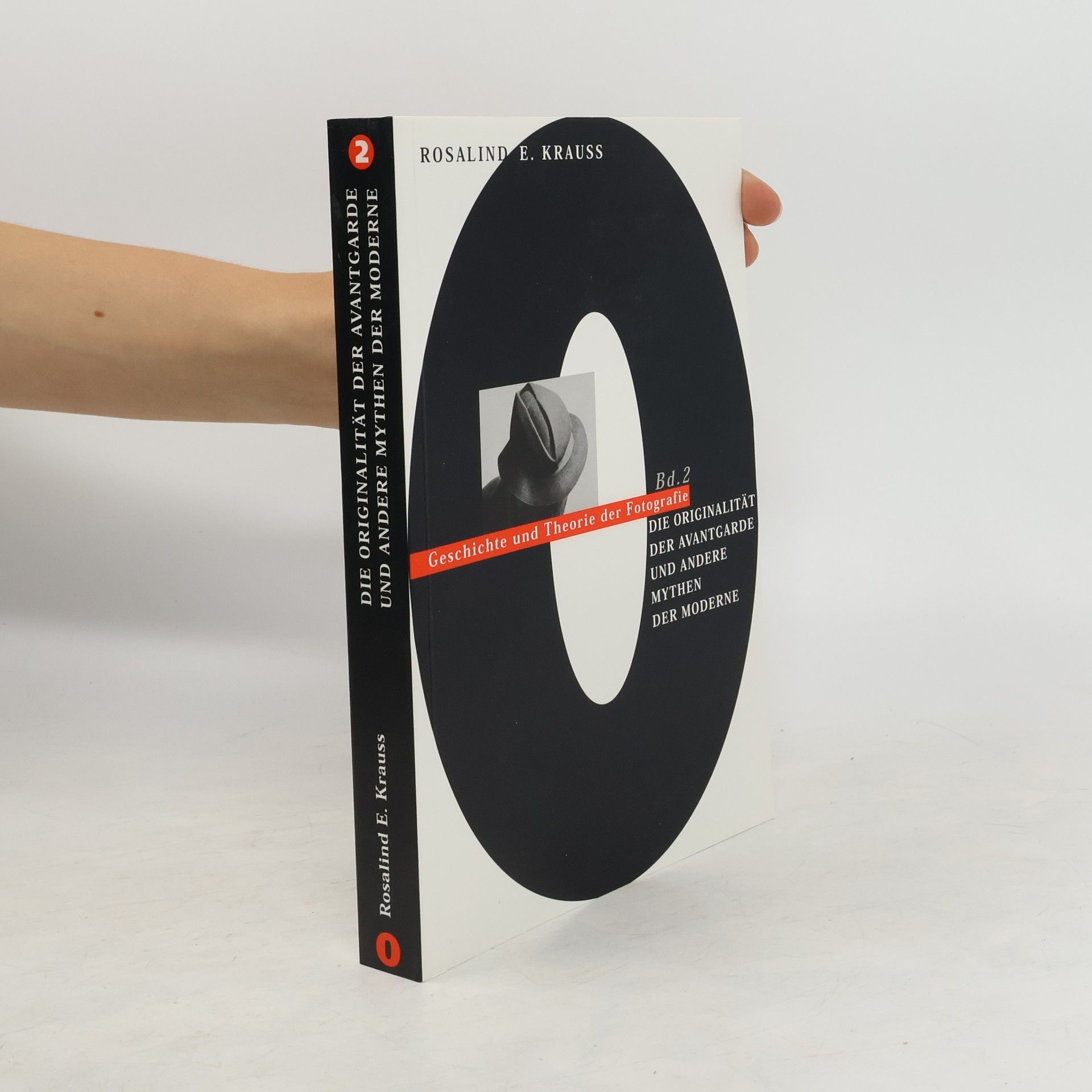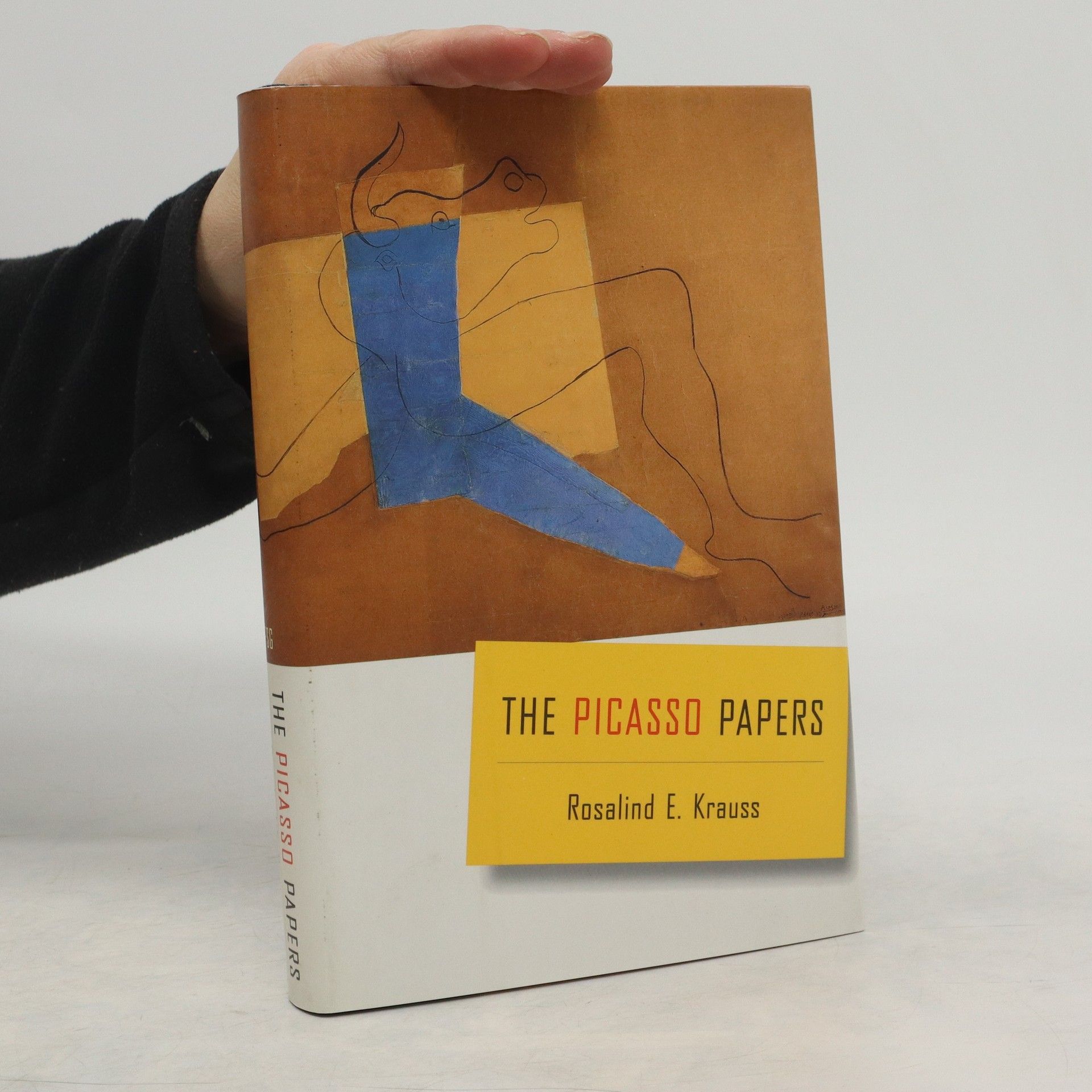Willem de Kooning Nonstop
- 154 pages
- 6 hours of reading
This image-rich essay offers a radical rethinking of the ab-ex painter Willem de Kooning by one of the greatest American art critics. Many have written about de Kooning s startling canvases of monstrous women, but none have approached them this way. In prose as energetic as her subject, Rosalind Krauss demonstrates how de Kooning could never stop reworking the same subject. Deploying one telling image after another, she shows that, from the early days of his career, de Kooning nearly always (1) worked with a tripartite vertical structure, (2) projected his own figure and point of view as the (male) artist into the painting, and (3) was compelled to produce the female figure, legs splayed obscenely or knees projected into the viewer s space in practically everything he made. Hidden in plain sight even in paintings of highways, boats, and landscapes, Woman is always there. How could we have missed this?"


